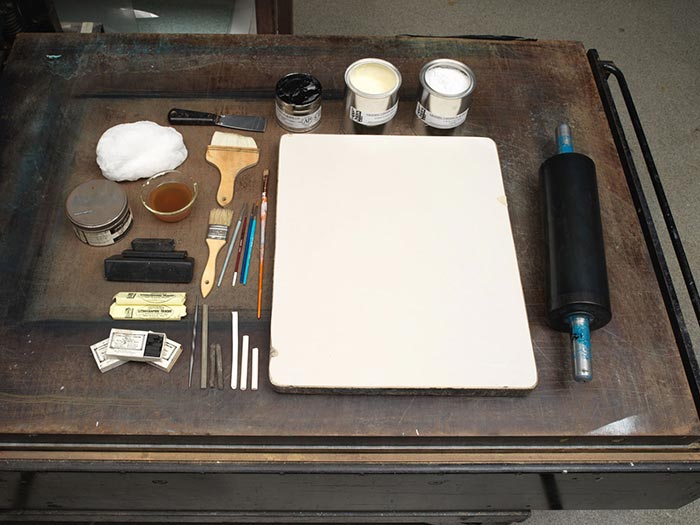The Beauties of Billiards: "A carom on the dark red"
Publisher Currier & Ives American
Not on view
This comic billiard scene has racial undertones: at left, a white player (sporting a mustache) uses his cue stick (which he seems to be in the act of chalking) to trip a Black waiter causing him to look clumsy as he tips his tray and thus spills the two drinks he was carrying. At right, the other white player holds his cue stick poised to hit a billiard ball (a play called "carom"); as he does so, however, his cue's back end bumps the roundish nose of a white gentleman onlooker standing behind, thereby injuring the victim's nose and causing his top hat to fall. Behind the billiard table, two other gentlemen stand watching the game. On the walls of the club interior are three framed pictures: a portrait of Ulysses S. Grant in his Civil War Union uniform (upper left; Grant began his term as President in 1869, so his portrait's inclusion here was timely) installed above a picture of a carriage racing scene (hanging above a tufted sofa); at right, a portrait of President George Washington hangs askew above the cue rack. Beneath a clock hanging above a large archway, a wooden screen extends across, leaving enough space for passage to/from the bar in the background, where top-hatted men are drinking and conversing with a bartender.
Nathaniel Currier, whose successful New York-based lithography firm began in 1835, produced thousands of prints (most drawn on the stones by other artists) in various sizes that together create a vivid panorama of mid-to-late nineteenth century American life and its history. People eagerly acquired such lithographs featuring picturesque scenery, rural and city views, ships, railroads, portraits, hunting and fishing scenes, domestic life and numerous other subjects, as an inexpensive way to decorate their homes or business establishments. As the firm expanded, Nathaniel included his younger brother Charles in the business. In 1857, James Merritt Ives (the firm's accountant since 1852 and Charles's brother-in-law) was made a business partner; subsequently renamed Currier & Ives, the firm continued until 1907.

